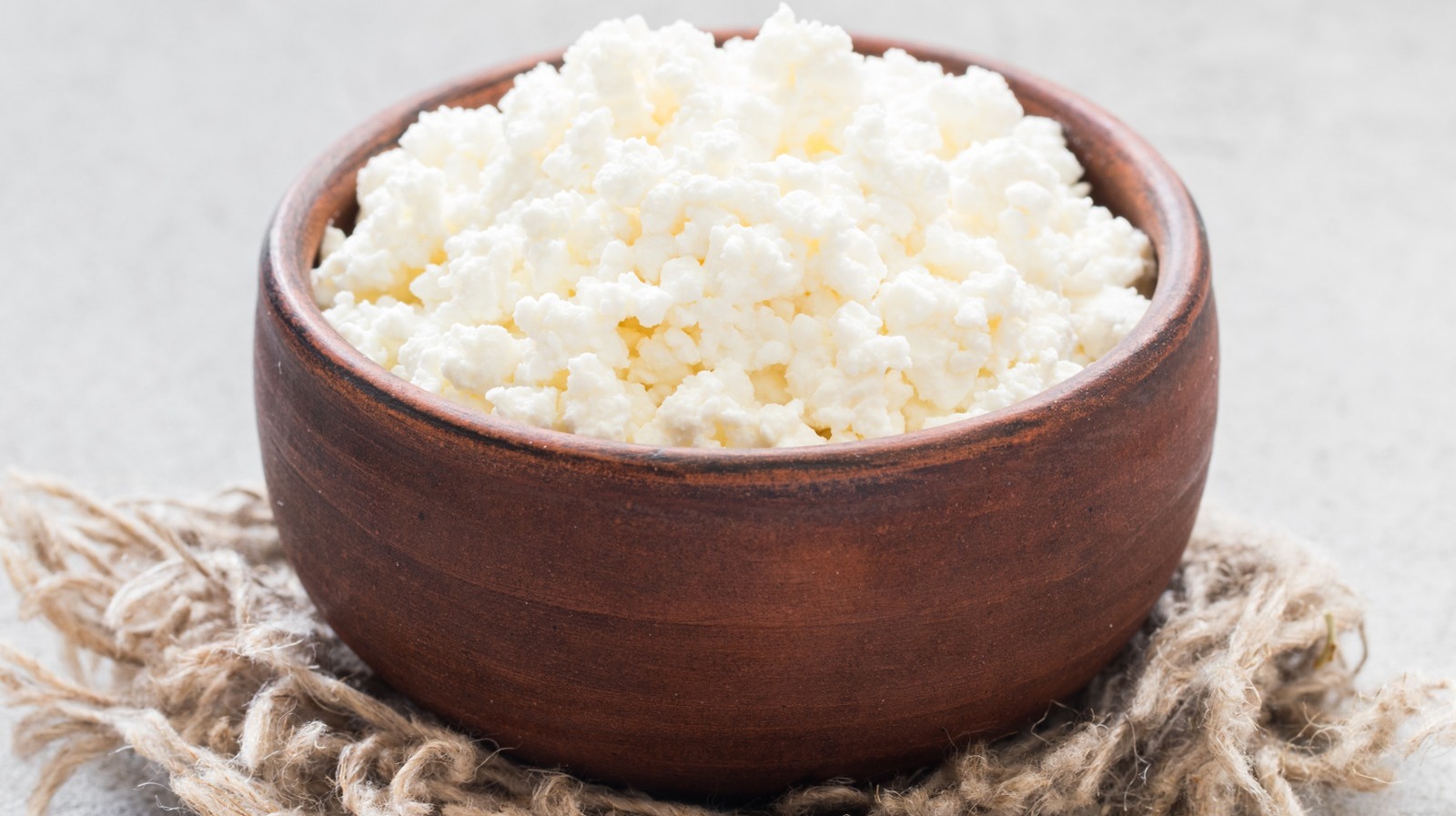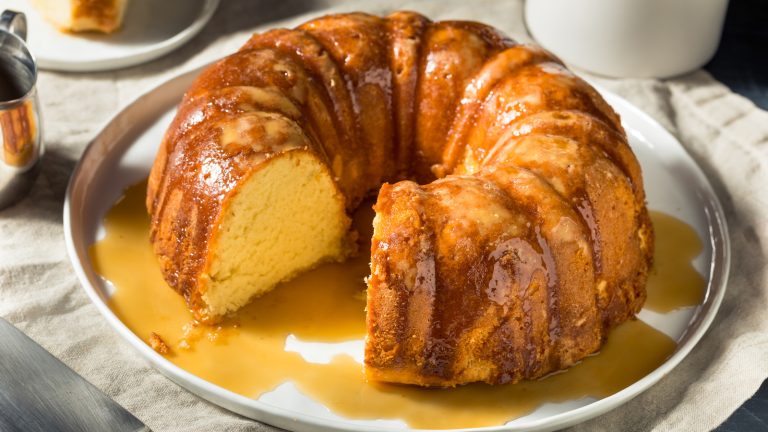For even the most practiced home chef, making homemade cheese may seem too much like a laboratory experiment — one you should leave for those in the white coats. But it turns out you can make homemade cottage cheese in just an hour or so. In fact, supposedly, the reason it’s called “cottage cheese” is that people used to make it in their farmhouses (or cottages) with leftover milk. And it’s even easier now, whether you want to enjoy a cottage cheese-inspired breakfast or use it to whip up a high-protein chocolate mousse.
It’s true that many cheeses require a lot of time and a specialized ingredient called rennet, which contains an enzyme used to curdle milk. It’s also true that rennet used to be exclusively sourced from the stomachs of milk-fed baby animals like calves, lambs, and goats, though it is now also made from plants. It’s not prohibitively difficult to find, but rennet also isn’t available at just any supermarket. That’s why it’s nice to have a rennet-free cottage cheese recipe you can pull together with regular pantry items you already have on hand: milk, vinegar (or lemon juice), half and half, and salt. But the best part is this rennet-free cottage cheese turns out creamy, chewy, and deliciously fresh and rich right off the stovetop.
The differences between cottage cheese made with rennet and vinegar
The process of making cottage cheese with vinegar isn’t that different from making it with rennet. You heat the milk to near-boiling, a bit higher than you would with rennet, then stir in the vinegar — about a cup of vinegar per gallon of milk. If you were using rennet, you’d now spend about an hour (maybe longer) for those curds to set. But vinegar makes the milk curdle right away. So you just have to tip the curds into a cheesecloth-lined sieve and rinse off the vinegar and whey under cold water. The vinegar-made curds are firmer and a bit tangier than those made with rennet too. From there, you finish it the same way you would rennet-based cottage cheese: by adding half-and-half and salt to taste. You can make it creamy and sweet, dry and salty, or tick off all the boxes — it’s up to you.
Your friends and family may not even know it’s not store-bought cottage cheese (although some would say it’s even better). It has the perfect ratio of creaminess to chewiness with just a bit of tooth squeak from the almost-fully-firm curds. The flavor is clean and natural with a touch of sweetness and just as much salt as you care to add.






